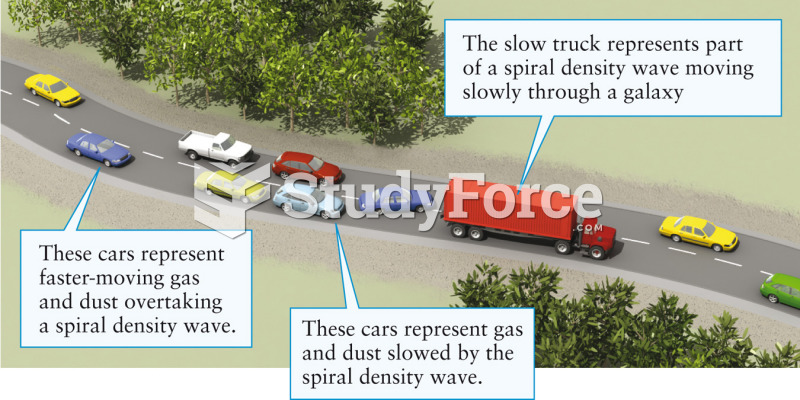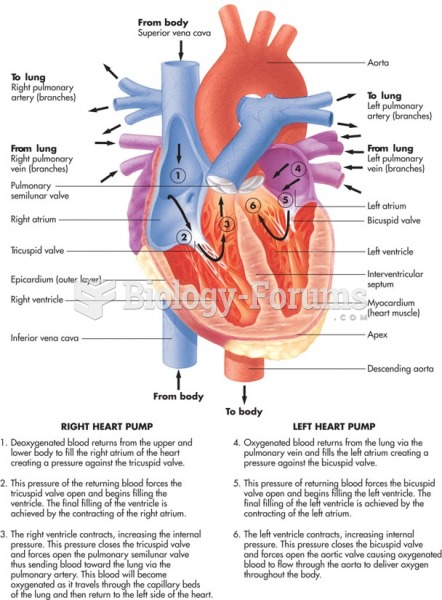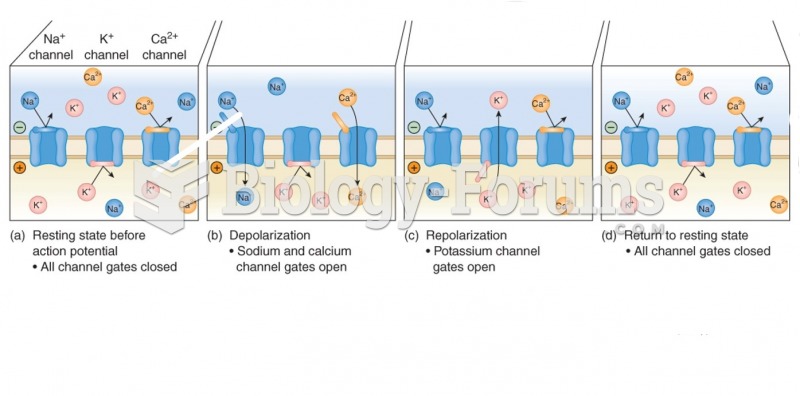|
|
|
Approximately 500,000 babies are born each year in the United States to teenage mothers.
The strongest synthetic topical retinoid drug available, tazarotene, is used to treat sun-damaged skin, acne, and psoriasis.
Most childhood vaccines are 90–99% effective in preventing disease. Side effects are rarely serious.
Drying your hands with a paper towel will reduce the bacterial count on your hands by 45–60%.
An identified risk factor for osteoporosis is the intake of excessive amounts of vitamin A. Dietary intake of approximately double the recommended daily amount of vitamin A, by women, has been shown to reduce bone mineral density and increase the chances for hip fractures compared with women who consumed the recommended daily amount (or less) of vitamin A.







